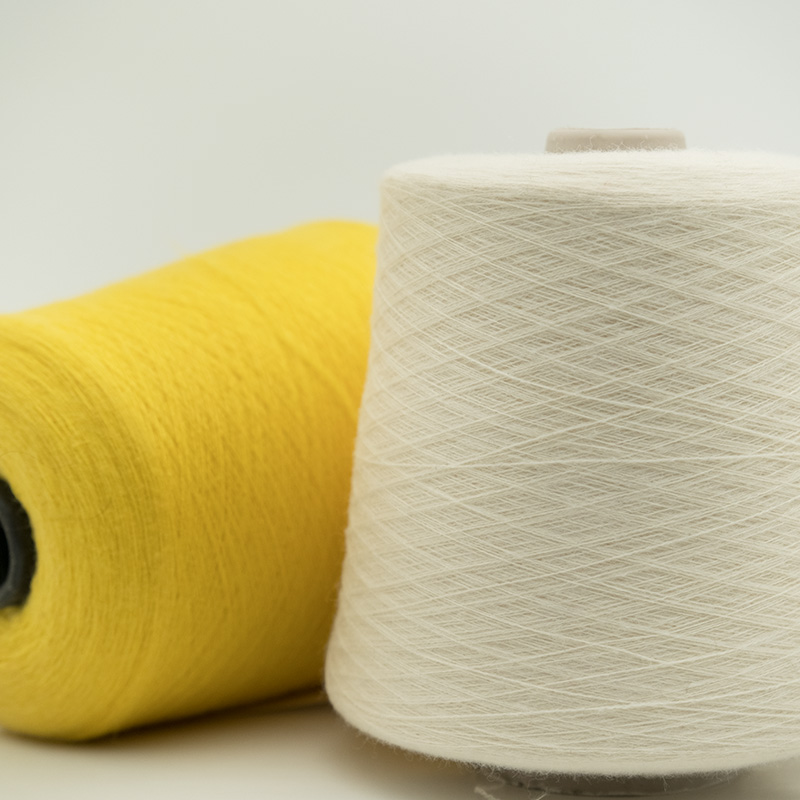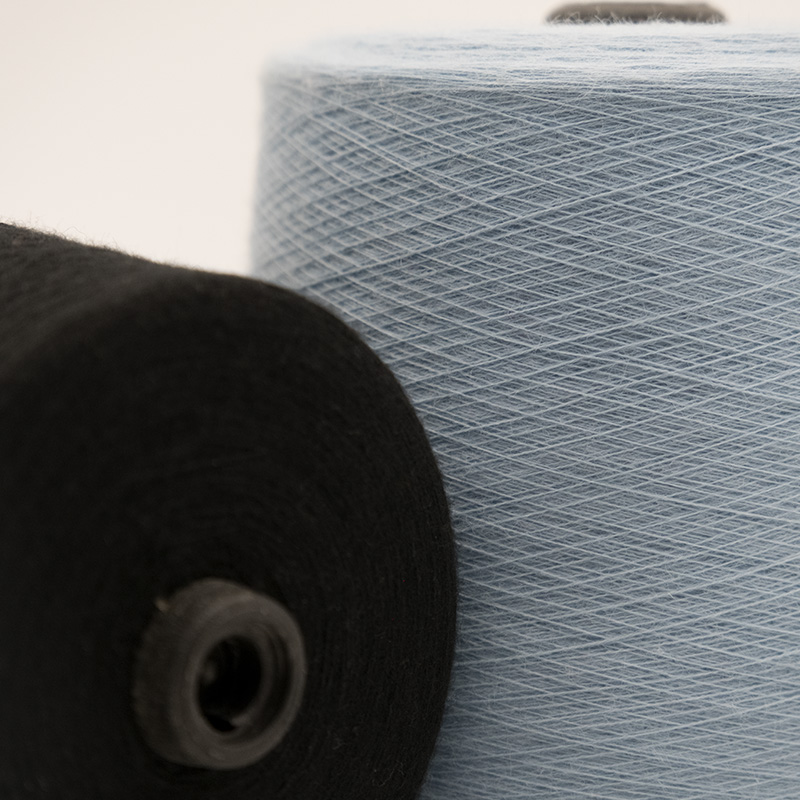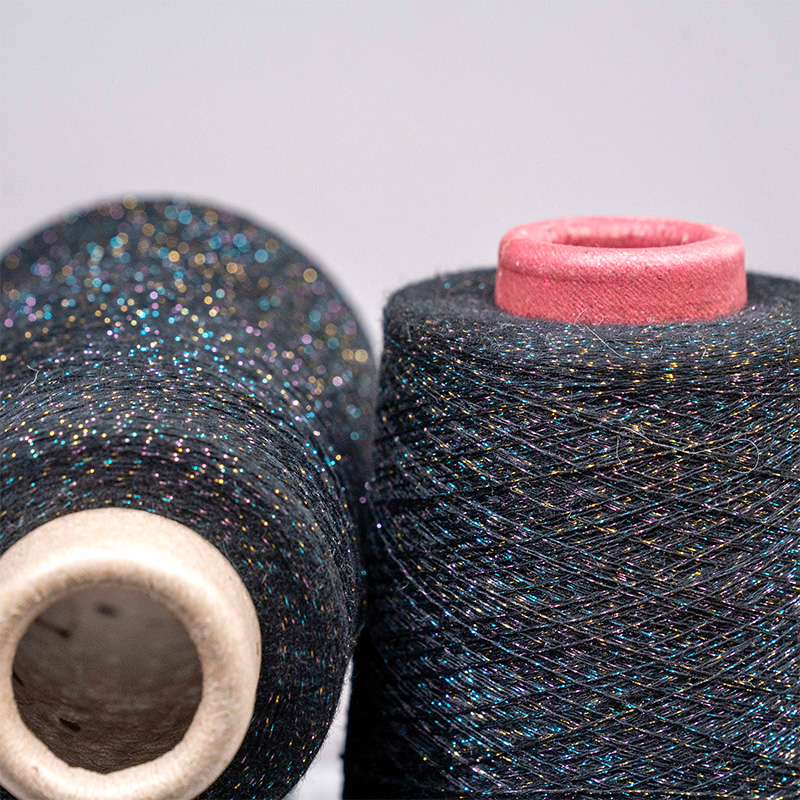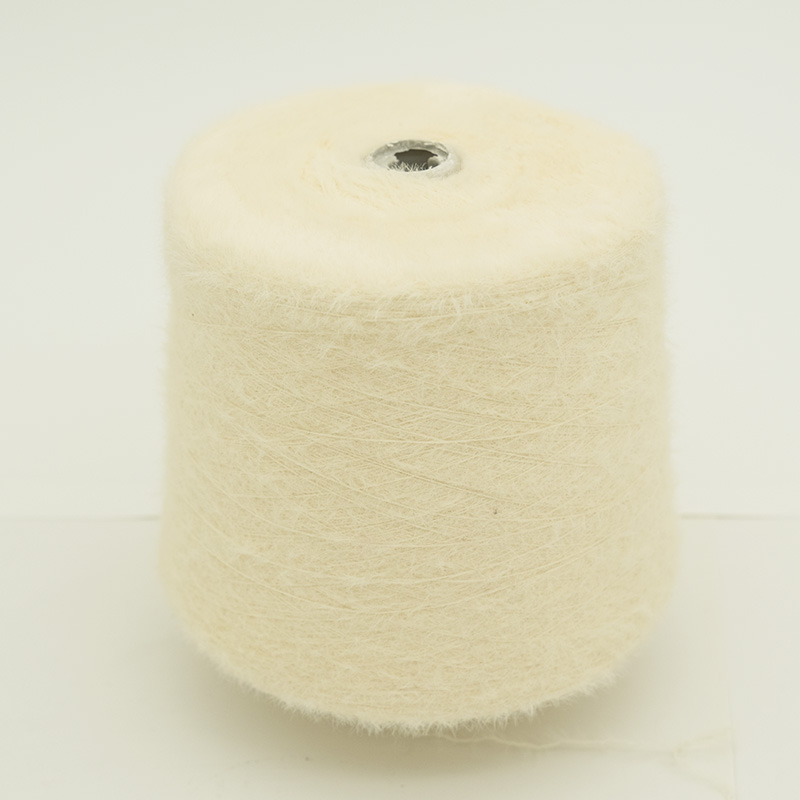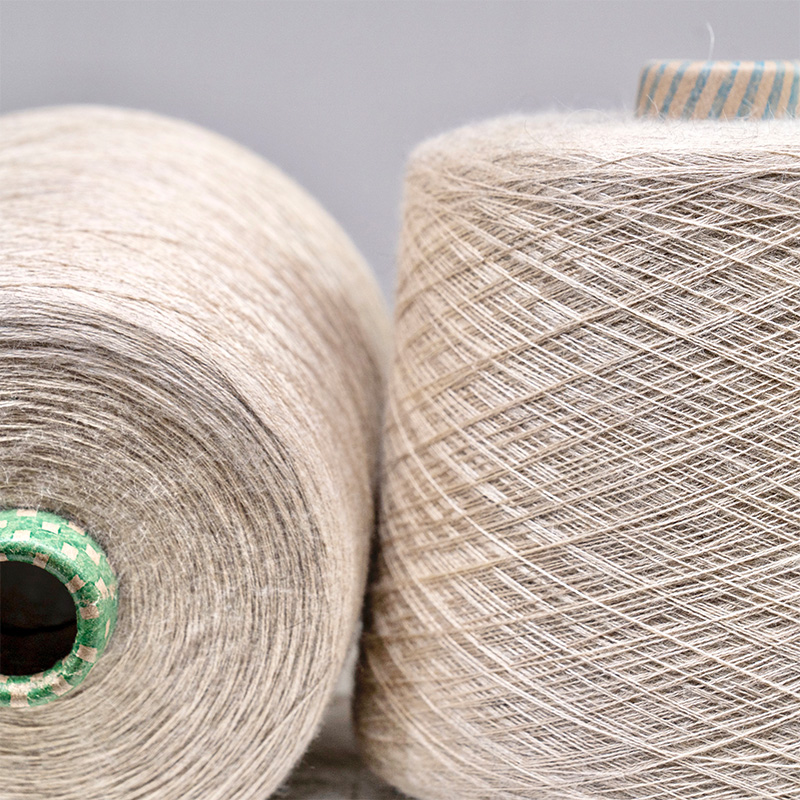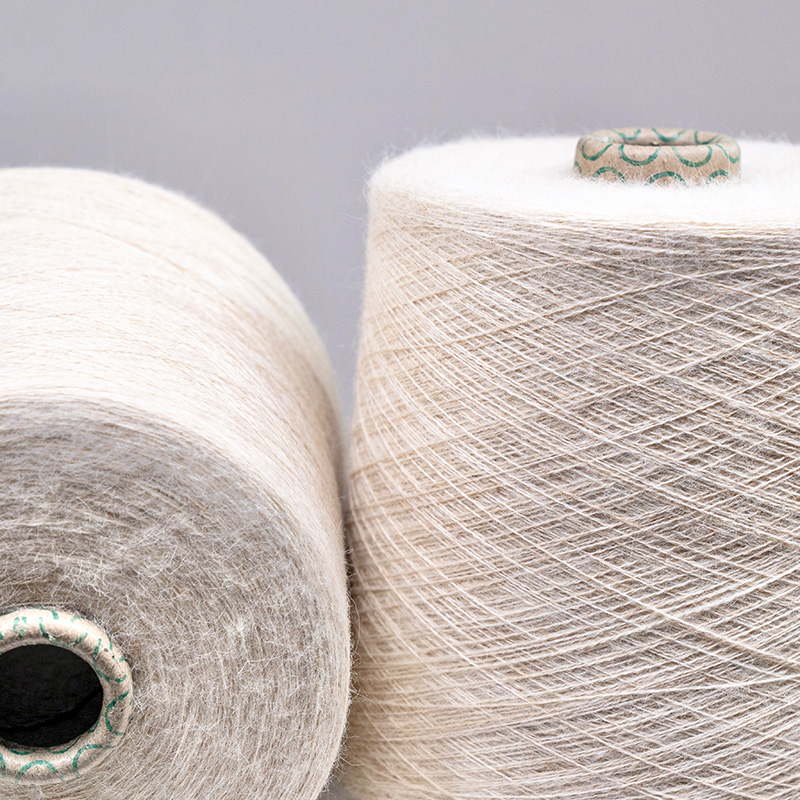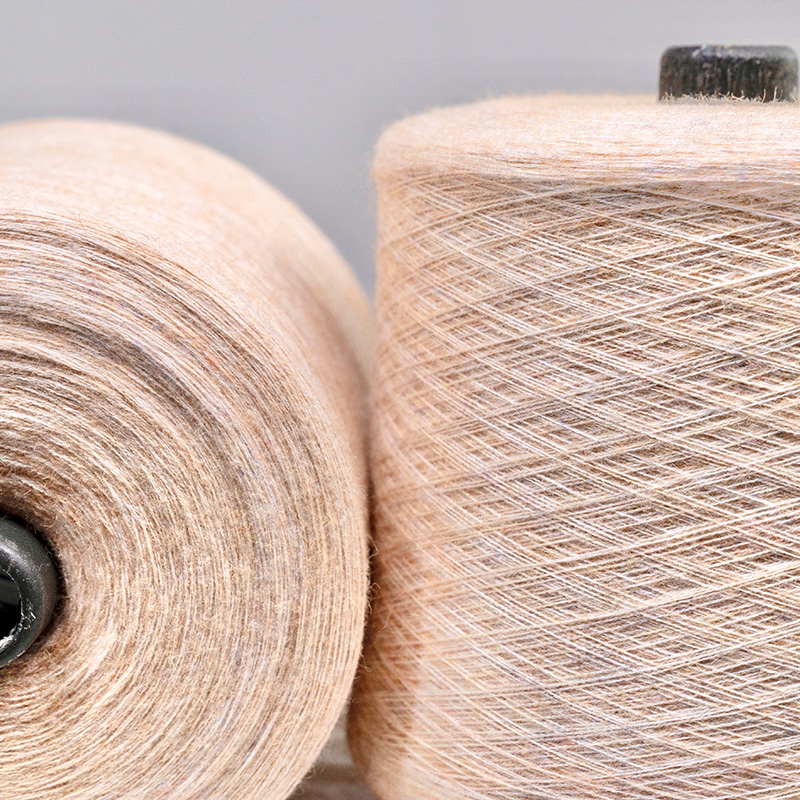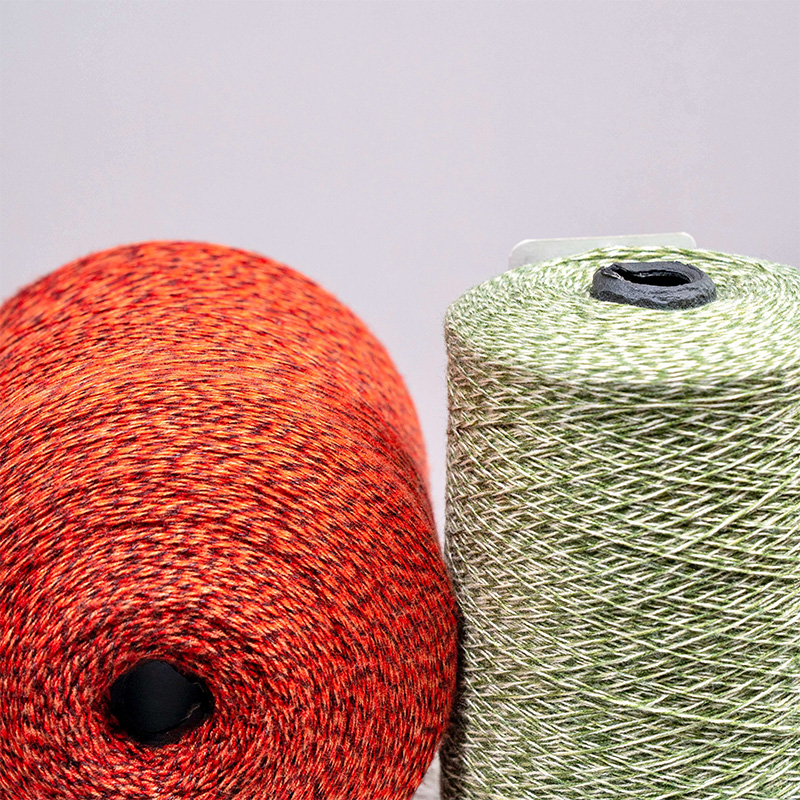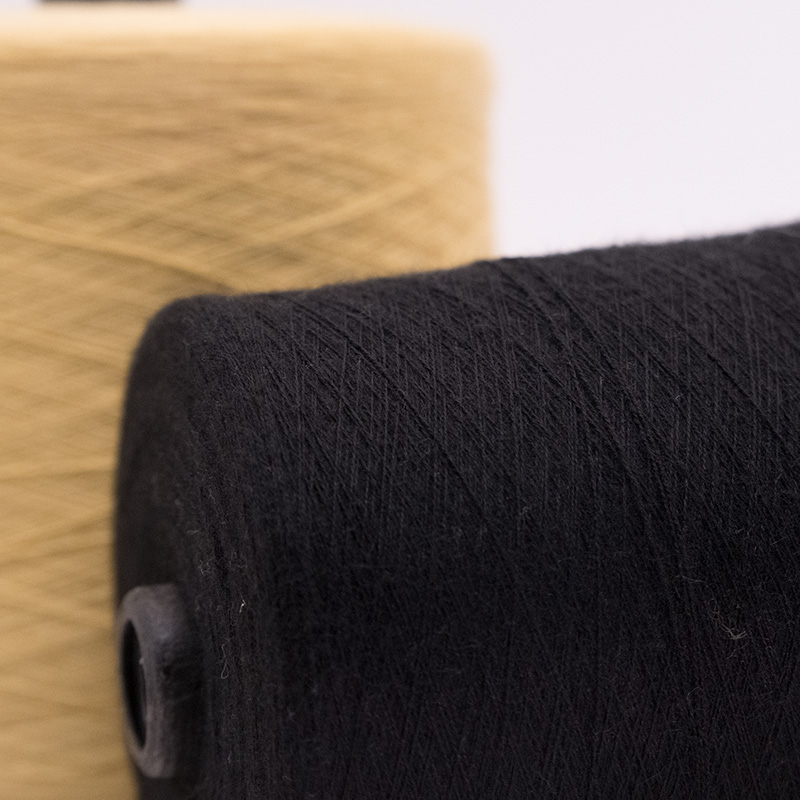Spun Yarn vs. Yarn: Understanding the Core Differences
2025-08-07
When discussing textiles, the term "yarn" is often used to describe a thread or fiber that is spun into a long, continuous strand, which serves as the base for weaving or knitting fabric. However, the term "spun yarn" refers to a specific method of yarn creation. To fully appreciate their difference, we need to explore the nuances of both.
What Is Yarn?
In its broadest sense, yarn is a long, continuous strand of fiber that is twisted or spun together. It can be made from a variety of natural or synthetic fibers like cotton, wool, silk, or polyester. The purpose of yarn is to serve as the primary material for knitting, weaving, and other forms of textile construction.
Yarn is characterized by its:
Composition: The type of fiber used (natural, synthetic, or blended).
Thickness: Yarn can be classified by its thickness or weight (e.g., fine, medium, bulky).
Twist: The amount of twist applied during the spinning process. More twist means the yarn is stronger but stiffer, while less twist leads to a softer, looser yarn.
Texture: This can range from smooth to highly textured, depending on the processing technique and the type of fiber used.
What Is Spun Yarn?
Spun yarn is a type of yarn that is specifically made by spinning fibers into a continuous thread. The process of spinning involves twisting and pulling the fibers to interlock them, which forms the final strand of yarn. The fundamental difference between spun yarn and other types of yarn lies in the technique and outcome of the spinning process.
Spun yarn is typically created by:
Carding: Fibers (like wool or cotton) are first carded, which aligns them in a more uniform direction, preparing them for spinning.
Spinning: The carded fibers are then spun to create a continuous strand. The spinning can be done by hand or machine, using a spinning wheel or modern spinning machines.
Twisting: The spinning process involves twisting the fibers together, which strengthens the yarn and gives it structure. The amount of twist can vary, which affects the yarn’s texture, elasticity, and strength.
Plying (Optional): In some cases, two or more yarns are twisted together to make a thicker, stronger yarn. This process is known as "plying."
Spun yarns are considered the most versatile and widely used form of yarn. The most notable feature of spun yarn is that it is made from individual fibers that are spun into a cohesive thread. This makes it distinct from other forms of yarn, such as filament yarn, which are made from long, continuous strands.
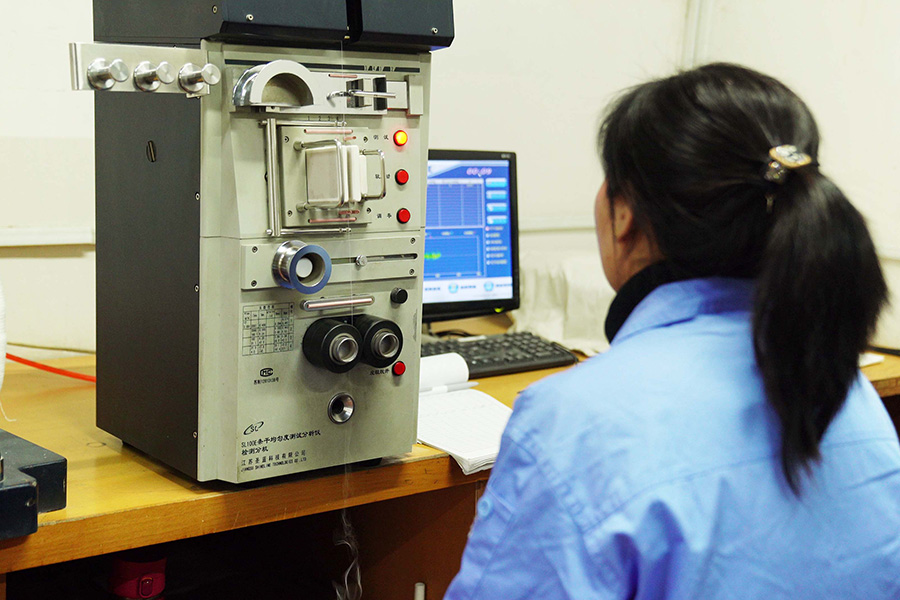
Key Differences Between Spun Yarn and Other Yarns
1. Manufacturing Process
Spun Yarn: Spun yarn is made by twisting short fibers together to form a continuous strand. The fibers are often loosely twisted in the process, which gives the yarn a slightly textured or fuzzy appearance.
Other Yarns (e.g., Filament Yarn): In contrast, filament yarns are made from long, continuous strands of material (like silk, nylon, or polyester). These fibers do not require twisting in the same way that spun yarns do, which results in a smoother, stronger yarn with less texture.
2. Texture and Appearance
Spun Yarn: Spun yarn typically has a more textured, slightly fuzzy appearance because of the nature of short fiber lengths. The twist in spun yarn can lead to different textures, such as a smooth, fine yarn or a bumpy, bulky one.
Filament Yarn: Filament yarns, being made from continuous fibers, are generally smoother, shinier, and less textured. These yarns often have a more uniform diameter, and their smooth surface gives them a sleek, glossy look.
3. Strength and Durability
Spun Yarn: While spun yarn is durable, its strength can vary depending on the twist and the type of fibers used. Generally, spun yarns are not as strong as filament yarns because the individual fibers are shorter and can break more easily under stress.
Filament Yarn: Filament yarns are usually stronger and more durable than spun yarns. The continuous fibers allow them to resist wear and tear better and maintain their strength over time.
4. Absorbency and Breathability
Spun Yarn: The texture of spun yarn allows it to have a greater surface area and better air circulation. As a result, spun yarns tend to be more breathable and can absorb moisture more efficiently. This makes them ideal for fabrics that need to wick moisture, such as activewear or towels.
Filament Yarn: Filament yarns, especially those made from synthetic materials, tend to be less breathable and absorbent. They may also feel more slippery or less comfortable against the skin compared to spun yarns.
5. Applications
Spun Yarn: Due to its texture, absorbency, and flexibility, spun yarn is often used in a wide range of textile applications. This includes knitting, weaving, and crocheting fabrics for clothing, home textiles, and accessories. Commonly used in woolen fabrics, spun yarns are also found in everything from denim to knitwear.
Filament Yarn: Filament yarns, being smooth and strong, are often used in high-performance textiles. They are commonly used for products like outdoor gear, sportswear, and industrial fabrics. Filament yarns are also used in luxury fabrics like silk.
The Impact of Fiber Type on Spun Yarn
While spun yarn is commonly made from natural fibers like cotton, wool, and linen, it can also be produced from synthetic fibers such as acrylic or polyester. The type of fiber used can greatly affect the properties of the finished yarn:
Cotton Spun Yarn: Soft and breathable, cotton spun yarn is commonly used in lightweight fabrics like t-shirts, bedsheets, and towels.
Wool Spun Yarn: Wool, known for its warmth and elasticity, is frequently spun into yarn for knitted garments, outerwear, and blankets.
Acrylic Spun Yarn: Acrylic fibers are often used to make inexpensive, lightweight spun yarns that mimic the texture and warmth of wool.
Conclusion
Spun yarn is a specific type of yarn created by twisting short fibers together to form a continuous thread. While "yarn" can refer to any kind of textile fiber used for weaving, knitting, or crocheting, spun yarn is a distinctive method of yarn production that focuses on twisting individual fibers into a cohesive, textured thread. Understanding the differences between spun yarn and other yarn types, such as filament yarns, helps in choosing the right material for various textile applications. The differences in texture, strength, and absorbency make each type of yarn more suitable for specific uses in fabric creation, whether it’s for comfortable clothing or high-performance gear.



 English
English русский
русский Español
Español 中文简体
中文简体

